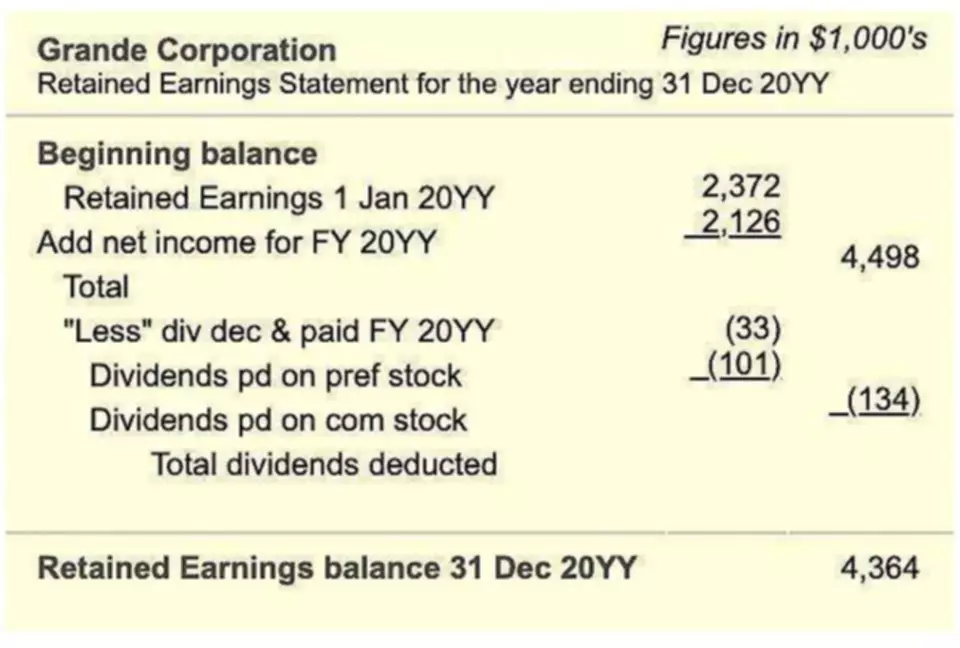Journal entry Wikipedia
Content

They provide important information that are used by auditors to analyze how financial transactions impact a business. The journalized entries are then posted to the general ledger. By automating journal entries, organizations have cut time and effort around journal entry processing by as much as 90%. If an organization purchases inventory on credit, the transaction will be entered as a debit in the inventory account and as a credit in the accounts payable account.

The rules described in this section apply to any given subledger journal entry as a whole. Therefore, these conditions are not evaluated until the journal entry header and all the journal entry lines are generated. This is the code combination identifier that identifies the General Ledger account to which the subledger journal entry line is posted.
Analytical Balance (ANALYTICAL_BALANCE_TYPE)
Adjusting journal entries can also refer to financial reporting that corrects a mistake made previously in the accounting period. A trial balance is a bookkeeping worksheet in which the balances of all ledgers are compiled into equal debit and credit account column totals.
- The Cash Account will be decreased with the amount paid as expenses, so it will be credited and Expenses will be debited.
- The company’s assets reflect its overall financial health and profitability.
- Accounting ignores secondary ledger and accounts only for primary ledger in this case.
- Accrual accounting is where a business records revenue or expenses when a transaction occurs using the double-entry accounting method.
- To make a journal entry, you enter details of a transaction into your company’s books.
Reconciliation is an accounting process that compares two sets of records to check that figures are correct, and can be used for personal or business reconciliations. Journaling is an essential part of objective record-keeping and allows for concise reviews and records-transfer later in the accounting process. Journals are often reviewed as part of a trade or audit process, along with the general ledger. Single-entry bookkeeping is rarely used and only notes changes in one account. The double-entry method reflects changes in two accounts after a transaction has occurred; an increase in one and a decrease in the corresponding account.
Overview: What is a journal entry?
In such a case, the adjusting journal entries are used to reconcile these differences in the timing of payments as well as expenses. Without adjusting entries to the journal, there would remain unresolved transactions that are yet to close. For accounting purposes, a journal is a physical record or digital document kept as a book, spreadsheet, or data within accounting software. When a business transaction is made, a bookkeeper enters the financial transaction as a journal entry. If the expense or income affects one or more business accounts, the journal entry will detail that as well.
- Therefore, these conditions are not evaluated until the journal entry header and all the journal entry lines are generated.
- This process is also about determining whether the transaction is a business event or a non-business event.
- Purchasing office supplies worth $200 will increase the balance of office supplies.
To prepare a journal entry, an accountant must determine the correct accounts to enter the debit and credit. In Accounting, https://simple-accounting.org/ the process is complicated due to the various types of accounts where these transactions are recorded.
Journal Entries Guide
STAT currency and other currencies cannot coexist in a single subledger journal entry. GL_SL_LINK_ID is null when the subledger journal entry is completed.
It’s used to prepare financial statements like your income statement, balance sheet, and cash flow statement. According to this system, every transaction impacts at least two accounts, so a journal entry will always have a debit and a credit in the ledgers where they are recorded. The data that is contained within a journal entry provides the necessary information to document and journal entry meaning later evaluate or analyze transactions. Collectively, journal entries are used to produce summary documents that support analysis and evaluation of the business and its finances. BlackLine is a high-growth, SaaS business that is transforming and modernizing the way finance and accounting departments operate. Our cloud software automates critical finance and accounting processes.
When a business purchases supplies for cash, accountants will enter the transaction as a debit in the supplies expense account and as a credit in the cash account. In the case of payroll, a journal will record the transaction as a debit in the wage expenses account and as a credit in the cash account. According to the double entry system, debits are recorded in the left-hand column of the ledger, and credits are recorded in the right-hand column. In the double entry system, debits and credits always add up. If one column does not add up to the other, then the ledger is considered unbalanced. In most modern accounting systems like Quickbooks, bookkeepers rarely make individual entries. The computer then automatically generates the entries in the system.
What Is a Journal Entry in Accounting?
Each journal entry contains the data significant to a single business transaction, including the date, the amount to be credited and debited, a brief description of the transaction and the accounts affected. Depending on the company, it may list affected subsidiaries, tax details and other information.